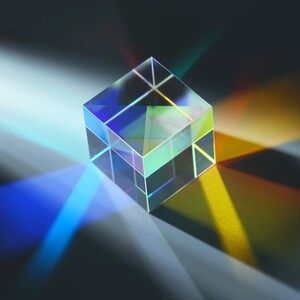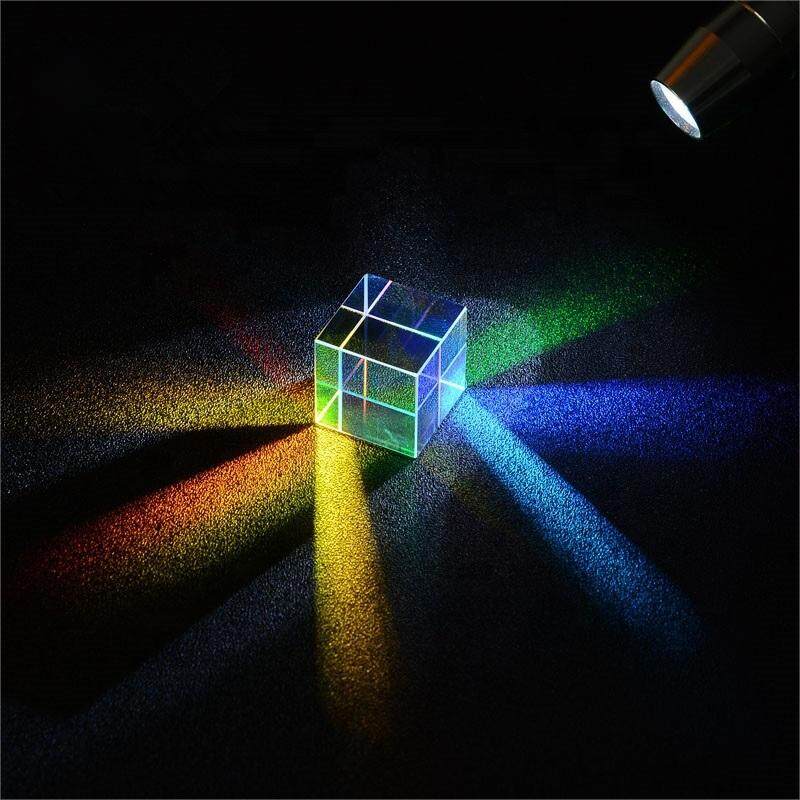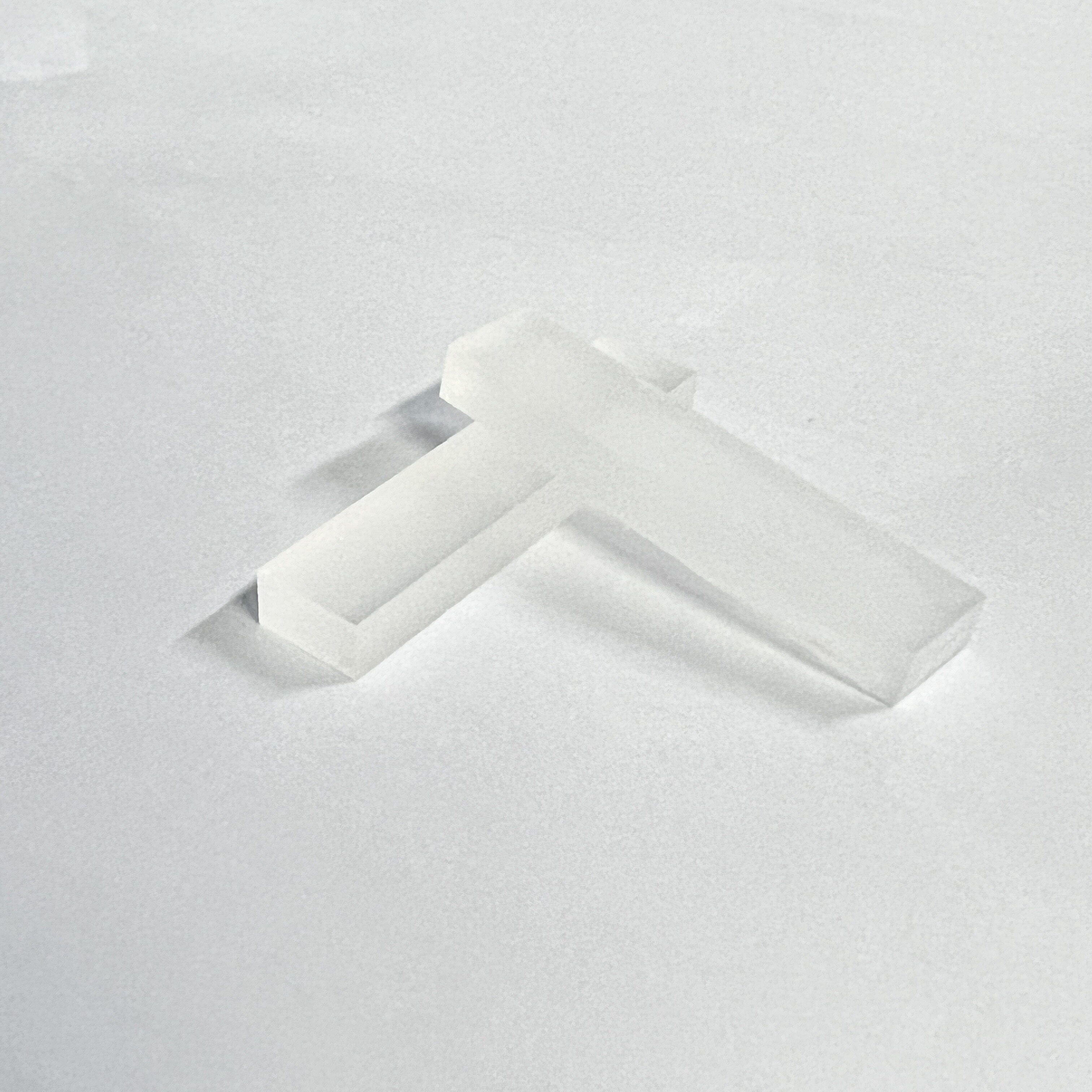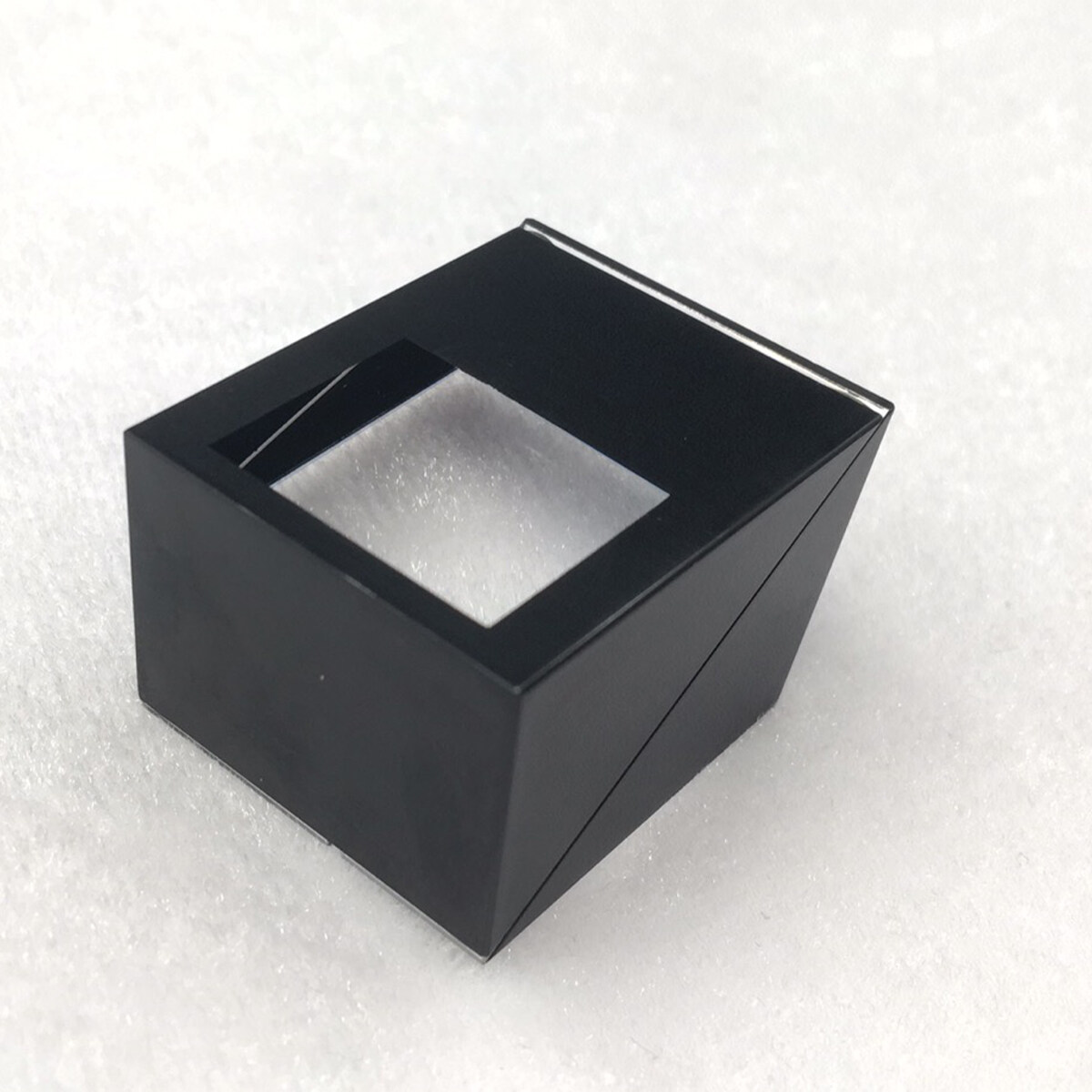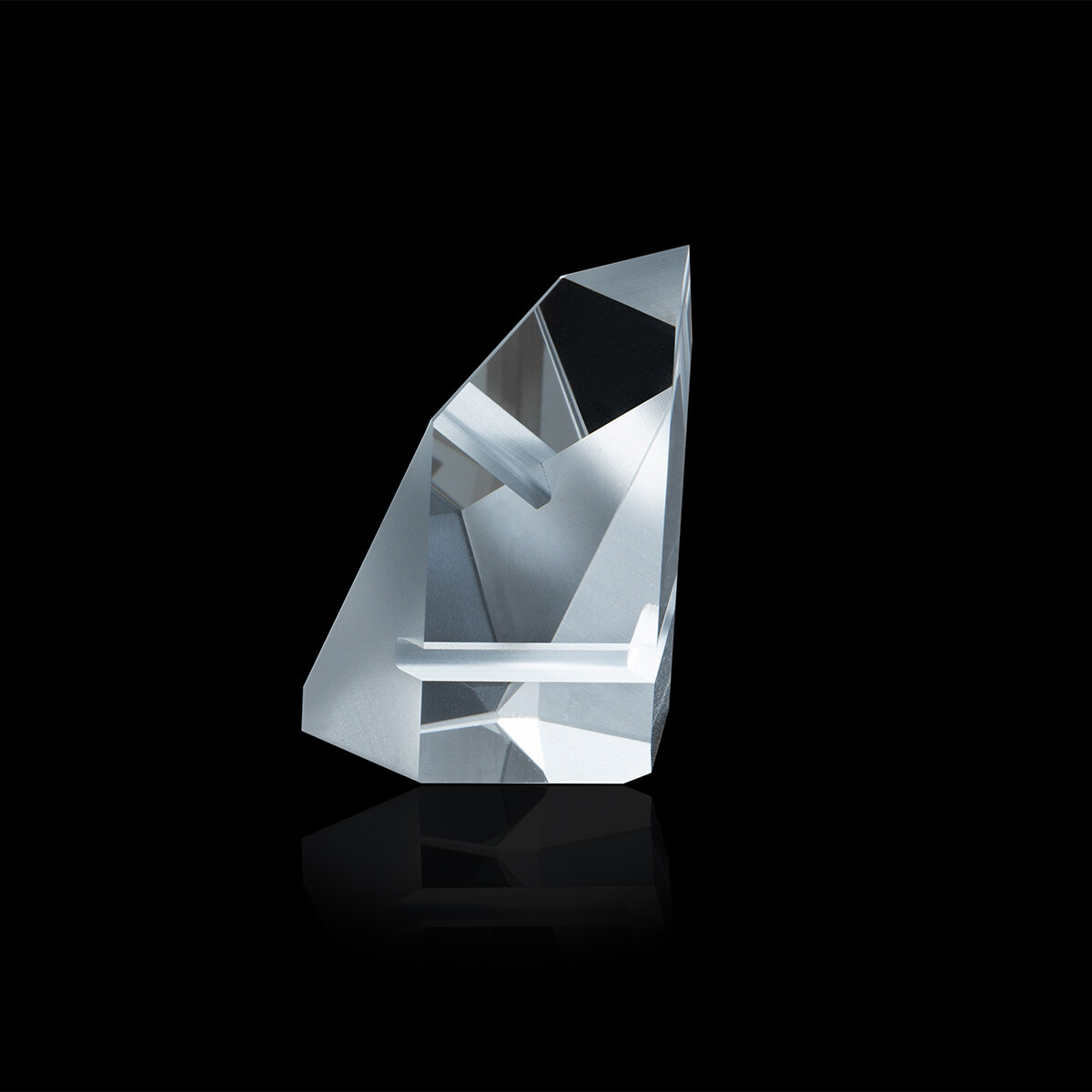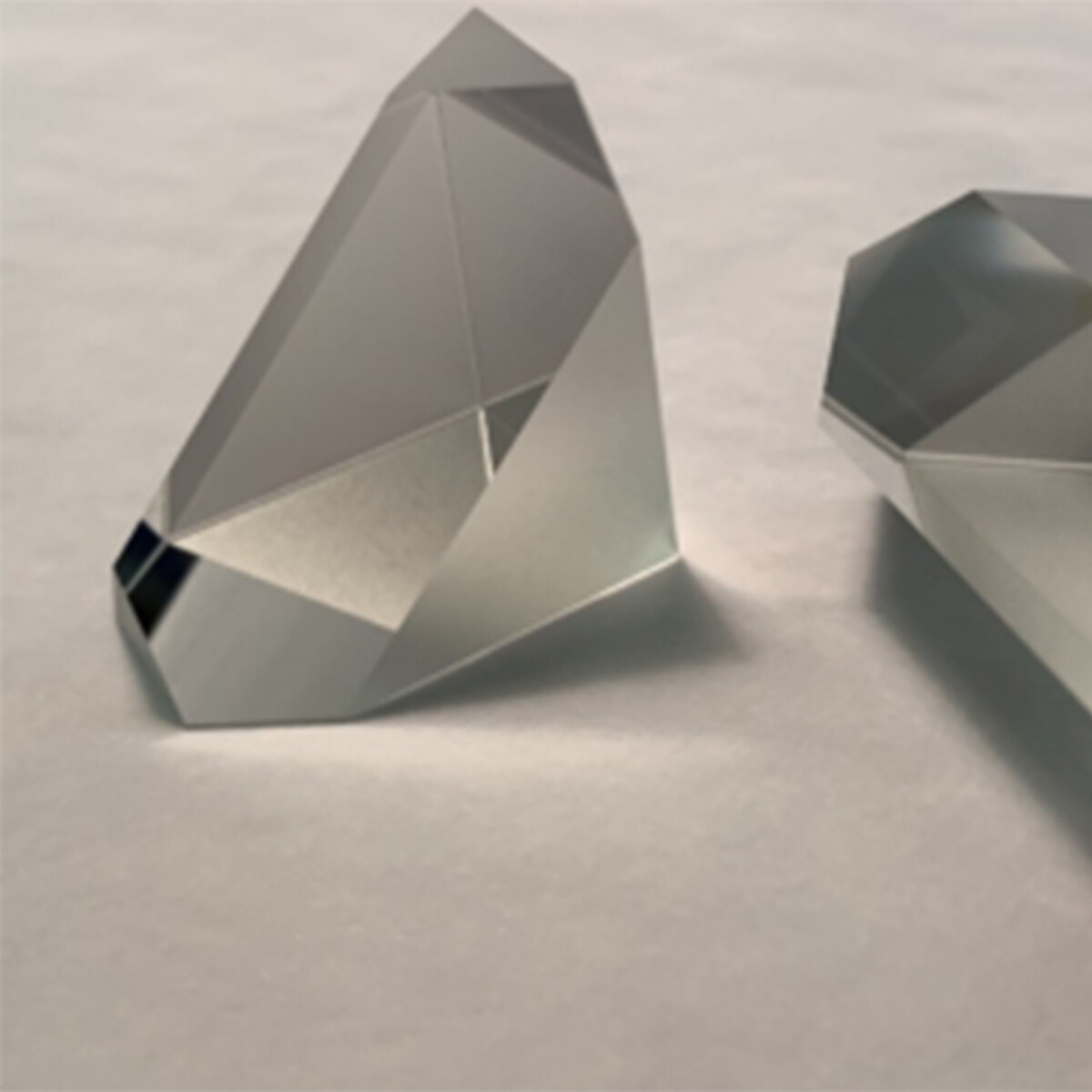Email format error
Email cannot be empty
Email already exists
6-20 characters(letters plus numbers only)
The password is inconsistent
Email format error
Email cannot be empty
Email does not exist
6-20 characters(letters plus numbers only)
The password is inconsistent

Dichroic Prism
An optical glass x-cube dichroic cube prism is a prism that can decompose the light into two beams of light with different wavelengths (colors). wavelength. Our optical glass x-cube dichroic cube prism is for high-quality digital photography or as a camcorder. we offer great wholesale prices for customers. If you are interested in it, welcome to contact us!
A dichroic prism is a prism that can decompose light into two beams of light with different wavelengths (colors). wavelength. That is, certain surfaces of the prism act as dichroic filters, and as beam splitters in many optical instruments.
One application of dichroic prisms is for high-quality digital photography or as a camcorder. A trichromatic prism group is composed of two dichroic prisms, which can separate the combination of red, green, and blue, so it can be used as a CCD array.
Advantages of dichroic prism color separation
When used for color separation, in an imaging system, this method has some advantages over other methods, such as the use of a Bayer filter. Most of those characteristics derive from the usage of dichroic filters and are in common with those. The advantages include :
Minimal light absorption, most of the light is directed to one of the output beams.
Better color separation than with most other filters.
Easy to fabricate for any combination of pass bands.
Does not require color interpolation (demosaicing) and thus avoids all of the false color artifacts commonly seen in demosaiced images.
Applications in camcorders or digital cameras
One common application of dichroic prisms is in some camcorders and high-quality digital cameras. A trichroic prism assembly is a combination of two dichroic prisms which are used to split an image into red, green, and blue components, which can be detected separately on three CCD arrays.
A possible layout for the device is shown in the diagram. A light beam enters the first prism (A), and the blue component of the beam is reflected from a low-pass filter coating (F1) that reflects blue light (high-frequency ), but transmits longer wavelengths (lower frequencies). The blue beam undergoes total internal reflection from the front of prism A and exits it through a side face. The remainder of the beam enters the second prism
(B) and is split by a second filter coating (F2) which reflects red light but transmits shorter wavelengths. The red beam is also totally internally reflected due to a small air-gap between prisms A and B. The remaining green component of the beam travels through prism
(C)The trichroic prism assembly can be used in reverse to combine red, green and blue beams into a coloured image, and is used in this way in some projector devices. Assemblies with more than 3 beams are possible.
What is the difference between a Dichroic Prism and a total reflection prism?
The essence is to use the different performances of light of different wavelengths when catadioptric diffraction occurs, etc.
The grating uses diffraction, the prism uses refraction.
In general, gratings are spectrally finer and have higher resolution.
For more information about Dichroic Prism, please kindly contact us at any time, we are glad to answer for you. If you want to order in quantity, hope that we will be your best choice.
PRODUCT FEATURES:
Prism angle accuracy: conventional≤3'-6', unconventional≤1'-2', parallel≤0.003mm
Dimensional tolerance:controlled within≤0.02mm
Tower difference: the tower difference angle is generally controlled at 3', with a minimum of 1' or better
Surface shape(aperture): mass production can reach 1λ



